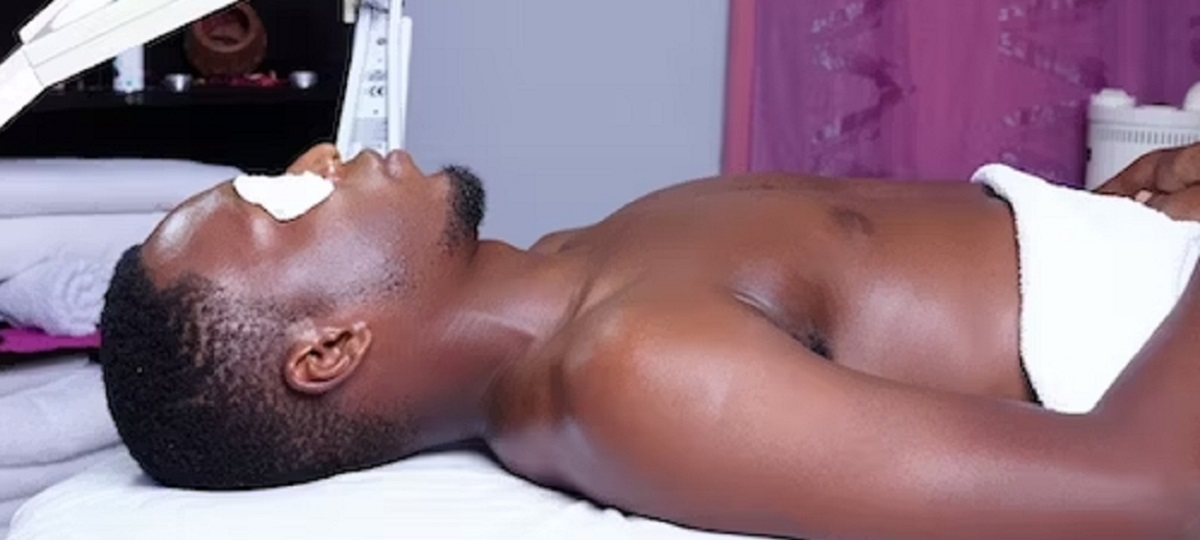https://diseaseinfohub.com/diseases/mental-health/practical-strategies-for-enhancing-mental-well-being/Penile cancer is a subject in the field of men’s health that needs attention but frequently goes unmentioned. For people who have the disease as well as for spreading knowledge of this ailment, it is essential to understand the numerous penile cancer treatment choices.
Understanding Penile Cancer
Despite its rarity, penile cancer can have a profound impact on a person’s life. It often starts in the penis’ cells and might show up as abnormal growths or ulcers on the surface of the penis. Human papillomavirus (HPV) infection, smoking, poor genital hygiene, and phimosis, a disease in which the foreskin is unable to retract from the head of the penis, are some of the risk factors for the development of this malignancy.
Early Detection is Key
Early identification is crucial to the effectiveness of treatment for any cancer. Recognize the following as examples of warning symptoms for penile cancer:
- Persistent lumps or sores on the penis
- Changes in skin color or texture
- Bleeding or discharge from the penile area
- Foul odor
- Difficulty retracting the foreskin
- Enlargement of lymph nodes in the groin
If you or someone you know experiences any of these symptoms, seeking prompt medical attention is crucial. A timely diagnosis increases the likelihood of successful treatment and a positive outcome.
Penile Cancer Treatments
The stage of the disease, the patient’s general health, and personal preferences all influence the treatment choices for penile cancer. Here, we include some of the most common penile cancer treatment options:
Surgery
- Partial Penectomy: In cases where cancer is localized and has not spread significantly, a partial penectomy may be performed. This surgery involves removing only the part of the penis affected by cancer, preserving as much of the organ as possible. The remaining healthy tissue is then reconstructed to maintain functionality and appearance.
- Total Penectomy: When cancer has advanced or involves a large portion of the penis, a total penectomy may be recommended. In this procedure, the entire penis is removed. Patients undergoing a total penectomy will require a reconstructive surgery known as a penile prosthesis, which can help restore some aspects of sexual function and appearance.
- Mohs Micrographic Surgery: This precise surgical technique is employed for early-stage penile cancer. It involves the removal of cancerous tissue layer by layer, ensuring minimal damage to healthy tissue and optimal cosmetic results.
Radiation Therapy
Radiation therapy uses high-energy X-rays to target and destroy cancer cells. Doctors commonly use radiation therapy when surgery is not a viable option, such as in cases where the tumor is inoperable due to its size or location. Additionally, doctors may recommend radiation therapy after surgery to eliminate any remaining cancer cells.
Chemotherapy
Chemotherapy involves the use of drugs, either orally or intravenously, to kill cancer cells or inhibit their growth. While it is not typically the first-line treatment for penile cancer, it may be recommended for advanced cases or when cancer has spread to other parts of the body.
Targeted Therapy
A relatively recent method of treating penile cancer is targeted therapy. These medications are made to target cancer cells directly while protecting healthy tissue. When compared to conventional chemotherapy, targeted medicines have the potential to be more successful while having fewer adverse effects.
Immunotherapy
A newer approach for treating penile cancer is immunotherapy. It functions by improving the immune system’s capacity to identify and eliminate cancer cells. Researchers are conducting clinical trials to examine immunotherapies, which show promise in treating several malignancies, including penile cancer.
Clinical Trials
Researching novel treatments and expanding our understanding of penile cancer both depend on clinical trials. Patients who meet the eligibility requirements may be eligible to participate in clinical trials, which offer patients access to innovative therapies that aren’t yet widely available.
Follow-Up Care
Following any type of treatment for penile cancer, frequent follow-up care is crucial. Follow-up medical visits are essential to monitor the patient’s development, spot any potential problems or recurrences, and provide the required treatment for their physical and emotional wellbeing.
Managing Side Effects
Treatment for penile cancer, like any cancer treatment, can cause side effects that affect quality of life. These may include pain, swelling, fatigue, sexual dysfunction, and emotional distress. It’s essential for patients to communicate openly with their healthcare team about any side effects they experience, as there are often supportive therapies and medications available to help manage these symptoms.
Conclusion
Despite its difficulties, medical science offers hope for better outcomes and a higher quality of life for those diagnosed with penile cancer, through early detection and appropriate medical attention. We can improve our capacity to fight penile cancer and advance better health outcomes for everybody by remaining educated, obtaining quick medical assistance, and investigating the variety of treatment choices available.
